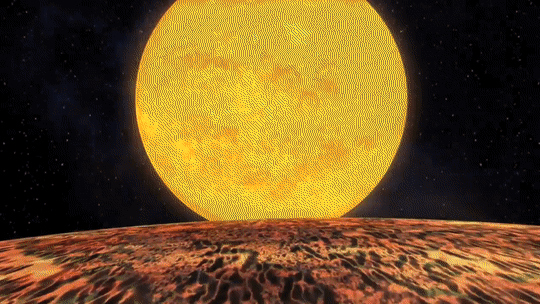
An alien object will approach the Earth by 2023. NASA has calculated that a large asteroid has 62 possible trajectories for colliding with Earth between 2023 and 2117. According to NASA’s calculations, there is a one-in-thirty-million chance that it could hit our planet. Furthermore, one of the possible dates is August 8, 2023.

Alien Object Is Bigger Than Earth’s Statue of Liberty
The alien asteroid, Asteroid 2018 LF16, is twice as tall as the NY Statue of Liberty. It is not nearly as big as the asteroid that, according to scientists, caused the dinosaur extinction. However, Asteroid 2018 LF16 has a diameter of around 213 meters. If this alien object hits the Earth, it can significantly damage many cities.
According to the European Space Agency, asteroids as large as this one hit the Earth less than once every thousand years. The agency says that measures can be taken to protect the people, if there is enough warning. NASA’s Jet Propulsion Laboratory’s Sentry System discovered the asteroid, and it will continually scan for possibilities of future impact. Right now, the Torino Impact Hazard Scale ranks the asteroid as a ‘Zero,’ meaning it is likely to not hit the Earth.
Bomb Shelters on Earth Will Not Save You If It Hits
While you might be thinking of investing in a bomb shelter, it might not work to save you from the consequences of an asteroid hitting the Earth. This is because the biggest threat is not during the impact, but during the aftermath. This is when the temperature changes and the plants die off. If an asteroid comes, you will need to find a way to ensure adequate food and water resources for a long time. You might also need to get masks and equipment to deal with enormous amounts of dust in the air.
Let Us Blast the Asteroid
Let us blast the asteroid, if need be. NASA is working on the Double Asteroid Redirection Test (DART) Mission. If necessary, the project will allow the Space Agency to crash DART spacecraft into a small asteroid to redirect its path.
The Asteroid 2018 LF16 will, hopefully, avoid all of the 62 possible trajectories for colliding with Earth. If not, let us hope that NASA will soon have a spacecraft that is massive enough to impact and redirect a larger asteroid. The earlier it happens, the earlier the redirection, and the larger the cumulative effect.


























